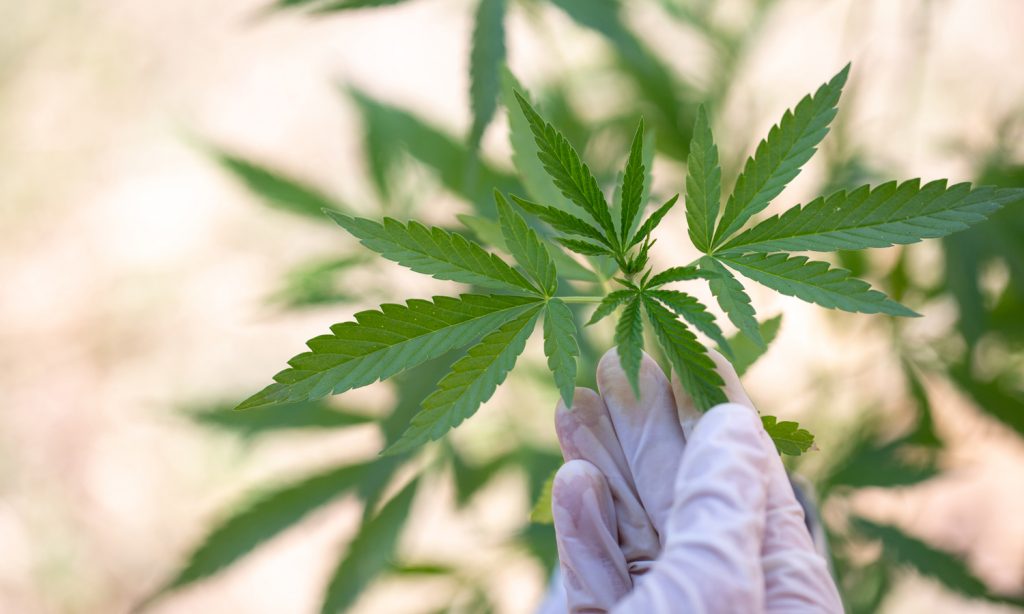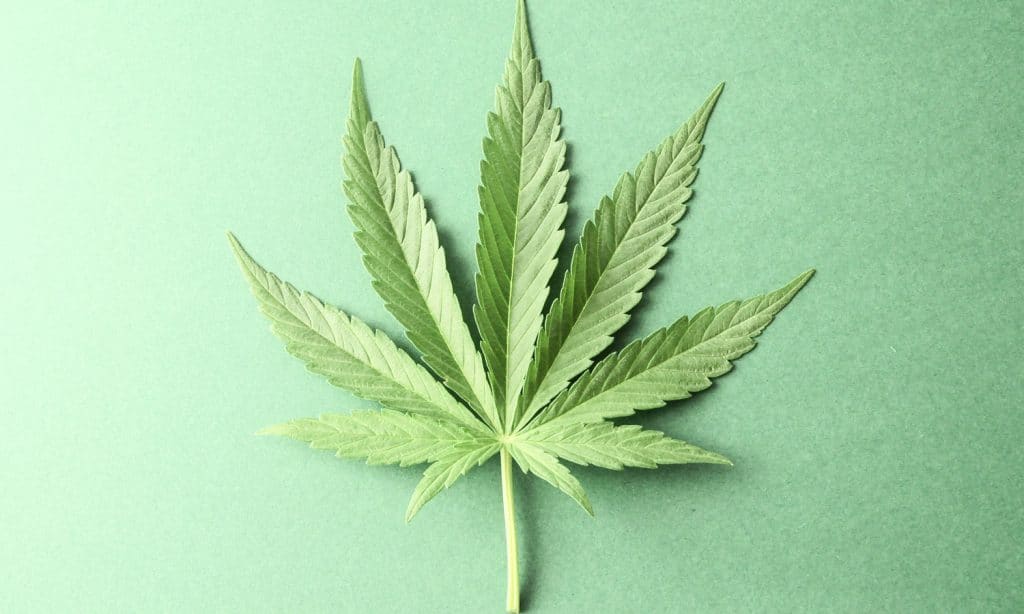It’s surprising, if you think about it: Some cannabis products have been legal for almost a full year now, but so far neither the sellers, the buyers, nor the government regulators have a firm grasp on the plant’s chemistry or its effects.
Every store, regulated or not, has a similar setup: a multitude of jars categorized by three types, indica, sativa and hybrid strains. Shoppers are told that indica strains are generally good for relaxing activities or to sleep; sativa plants are energizing; and hybrids — a genetic mix of indica and sativa — will deliver effects that are, well, somewhere in between.
A higher percentage of THC will, presumably, impact the strength of those effects, and a higher percentage of CBD will weaken them. Government retailers have this information on all of their websites, and so do licensed cultivators — after all, it’s a start for choosing among hundreds of cultivators, and even more strains.
“You’ll often hear people say, ‘I smoke indicas to fall asleep and sativas to get excited,’” says Nick Jikomes, principal research scientist at cannabis website Leafly.com.
“But you’ll also hear the opposite type of story, right? People go in and say, ‘I got the indica, but I was up all night.’ ”
Even the roughest attempt to categorize cannabis cultivars and their effects is ineffective, because different humans respond differently to types. But there’s more muddying up the waters: in addition to THC and CBD, we are beginning to learn about more cannabinoids in the plant, such as CBN.
Then there are terpenes — the aromatic substance that gives different cannabis varieties their unique scents and flavours. Terpenes have long been suspected of having more impact on the effects than we have so far understood.
And to make it all really hazy, cannabis strains were originally produced underground and illicitly, so when one person sells “Blue Dream,” how does a consumer know that it’s grown from a similar seed or in a similar way as another plant labelled “Blue Dream”? Do strains have integrity across cultivators?
That’s why Leafly’s latest attempt to help consumers make good choices from such a complex (and expensive) marketplace is exciting for the cannabis nerd, and hopefully simple enough to unpack for new or casual consumers. Until now, startups like Leafly, Strainprint and Lift & Co. (disclosure: I have worked for Leafly and Lift) aggregated consumer reviews of strains to track and report their effects.
Now, Jikomes and his team have added another layer of data to the story. For the past two years, he’s been collecting samples and lab-testing strains from all over North America and cross-referencing those lab results with Leafly’s millions of consumer reviews.
The result? Visual guideposts illustrating the chemical make-ups of strains and patterns of how consumers are reporting the effects of those chemicals.
 Terpenes are being used to help determine how various cannabis products might affect users.
Terpenes are being used to help determine how various cannabis products might affect users.
In these guideposts, each strain looks like a snowflake, which is a fitting simile for this complex plant. Circles indicate CBD, diamonds indicate THC, and colours connote one of the five main terpenoid profiles consumers encounter: myrcene is blue; pinene is green; caryophyllene is pink; limonene is yellow and terpinolene is orange.
According to Leafly’s latest research, consumers are reporting that strains high in myrcene and pinene tend to have more relaxing effects; those high in limonene and terpinolene have energizing effects; caryophyllene is somewhere in between. Leafly has plans to partner with retail outlets across the country to place their visual guides alongside offerings to give consumers more insight before they buy. They’ve also launched a few tools on their site that allow consumers to track strains and their terpene/cannabinoid content so that they can look beyond branding.
So where does this leave the indica/sativa/hybrid breakdown?
As it turns out, people aren’t completely susceptible to suggestibility—limonene and terpinolene, the energizing terps, do appear more frequently in strains labelled “sativa.” It’s also interesting that terpinolene is the rarest terpene among Canadian licensed cultivator strains.
For consumers, the implications are huge: for the first time, when you try something you like, you can try to find something similar again not just by strain names or aroma—you can actually see its chemical content in a form of label.

A warning label on ONE gram of cannabis is seen at Up’s cannabis factory in Lincoln, Ontario.
And if you try something you dislike? Now you might be able to avoid it. The challenge will be for consumers to grasp the new vocabulary and actually use it.
“When considering how and why consumers choose products, we found in our recent joint report with EY Canada that, even for connoisseurs, terpenes are not a primary purchase driver yet,” says Nikki Laoutaris, communications manager at Lift & Co.
“Most current consumers are knowledgeable about cannabinoids (THC and CBD), but even that knowledge drops as we get farther away from the ‘connoisseur’ group. Non-consumers said in the report that the lack of basic knowledge is a key barrier to consuming cannabis.”
Retailers will have a choice: keep information simple, inconsistent and very flawed. Or attempt to educate consumers about the latest insights into chemical compounds on a very steep learning curve.
If it catches on, will strain names become a thing of the past?
Jikomes can’t be certain, and says consumers may not start requesting percentages of terpenes when they go to the shop, but might associate colours with effects. But he’s already eyeing more layers of data to the tool.
“There’s more dimensions to this data, including things like freshness, that we’re not even touching on yet,” he says. “Things like moisture content really matter. We’ll be incorporating these as we can build in more information with data.”


 Terpenes are being used to help determine how various cannabis products might affect users.
Terpenes are being used to help determine how various cannabis products might affect users.


